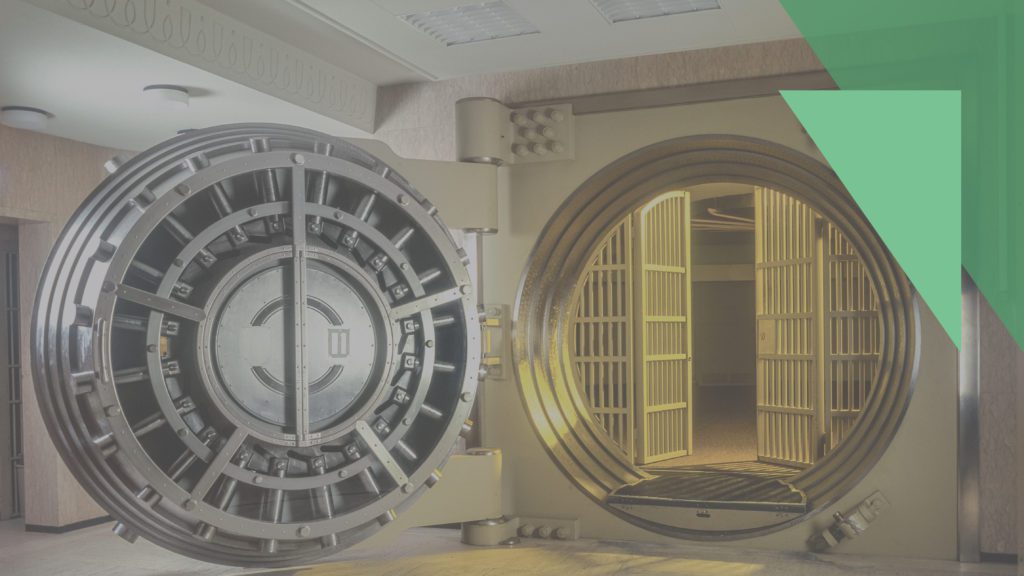Since the inception of TILA-RESPA Integrated Disclosure (TRID) rules, many questions exist about how these regulations apply to construction loans. The Consumer Financial Protection Bureau recently released two companion guides focused on disclosing these types of loans under the TRID rules. The first guide (https://files.consumerfinance.gov/f/documents/cfpb_trid-combined-construction-loan-guide.pdf) highlights construction-permanent loans disclosed as one transaction; while the second guide (https://files.consumerfinance.gov/f/documents/cfpb_trid-separate-construction-loan-guide.pdf) addresses construction-permanent loans disclosed as two separate transactions. Keep in mind that under Regulation Z, a lender has the option to disclose a construction-permanent loan as either one combined transaction or two separate transactions.
Common construction disclosure questions center around situations where the lender may not know certain details at consummation, such as the timing and amount of advances the borrower will draw during the construction loan phase or the interest rate that will apply to the permanent phase. Let’s review details of the Loan Terms Table using the new companion guides and see how to properly complete construction-permanent loan disclosures as one combined transaction and as two separate transactions.
In the Loan Terms table, a creditor is required to disclose either a ‘YES’ or ‘NO’ answer, indicating whether the interest rate can increase after consummation for both the construction and permanent phases of the loan. When disclosing separately, a lender will only look to the terms of the specific phase to determine whether the answer is ‘YES,’ or ‘NO.’ For example, if the interest rate does not change during the construction phase, then the lender indicates ‘NO’ for this question on the construction phase disclosure. Often, the permanent phase will have a fixed interest rate, but the lender does not know at consummation what that interest rate will be at conversion. Because there is a possibility the interest rate could increase at conversion, the lender will indicate a ‘YES’ on the permanent phase disclosure and also will indicate that it will adjust as early as the first month.
When using a combined disclosure, a ‘YES’ disclosure is required if there is any possibility the interest rate could change during either phase. If the lender does not know at consummation what the interest rate will be upon conversion to the permanent phase, the lender will answer this question with a ‘YES,’ also indicating that it could adjust as early as the conversion date. For example, if there is a 10-month construction phase at a fixed rate, followed by conversion to a fixed-rate permanent phase beginning in month 11, and the lender does not yet know what the interest rate will be upon conversion, the lender will indicate the loan “adjusts once starting in month 11.”
Another tricky concept in the Loan Terms table is disclosure of the Monthly Principal and Interest line. If a lender uses Appendix D to estimate interest because the timing and amount of the advances are unknown at consummation, there is a chance the monthly payment could increase after consummation, depending on the actual advances taken by the borrower. A lender using Appendix D and disclosing separately would disclose a ‘YES,’ indicating the payment could increase after consummation for the construction disclosure, also outlining the timing and frequency of that adjustment. For a separate permanent disclosure, the lender answers ‘YES’ or ‘NO’ depending on whether the amount of the permanent phase payment is known at consummation. A separately disclosed permanent phase disclosure with an unknown interest rate at consummation will indicate ‘YES.’ The payment amount could increase after consummation, and the lender will disclose the periodic principal and interest payment, based on the fully indexed rate at the time of consummation.
For a combined disclosure where the lender has used Appendix D to estimate interest, a ‘YES’ disclosure is required, indicating there is a possibility of the periodic payment adjusting after consummation. The timing and frequency of that adjustment would still be based on the first change that could occur during the entire term of the loan, which is during the construction period if Appendix D is used to estimate interest.
As always, the details are complex, and reading both guides thoroughly is an excellent starting point to gain a solid understanding of how TRID applies to construction-permanent loans.
Disclaimer: Content sourced from Temenos Compliance Advisory Services

